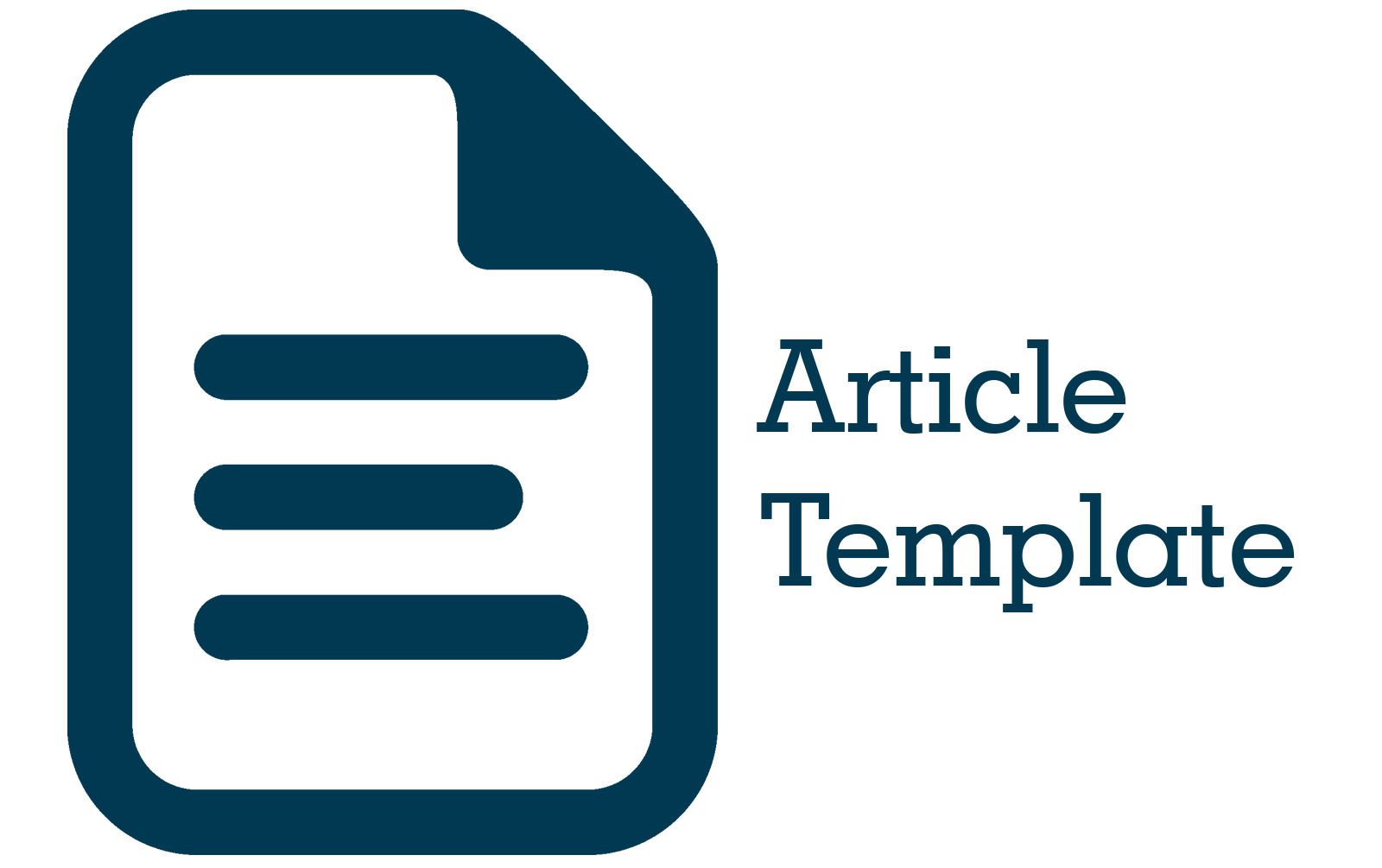Literature Study of Methods for Determination of Retinol Levels in Topical Cosmetic Products
Studi Literatur Metode Penetapan Kadar Retinol dalam Sediaan Kosmetika Topikal
Abstract
Abstract. Retinol is one of the whitening products in cosmetic product of the face that is circulating on the market and is obtained without a doctor's prescription. Retinol is widely used in topical preparations especially on the face because it has many benefits for the skin such as dark spots, anti-aging, improving skin structure, preventing acne, and as a comedolytic. According to BPOM, retinol can be used in topical preparations but must be at a safe level of 0.3%. Currently, many facial products contain retinol more than 0.3% without a doctor's prescription so it causes side effects. This study aims to conduct a literature review on the analysis method for determining retinol levels in topical preparations with the validation parameters. Based on the results of the literature, it is known that the analysis methods that can be used for the quantitative analysis of retinol in topical facial preparations are High-Performance Liquid Chromatography (HPLC), Spectrophotometer UV-Vis, and Voltammetry. The analysis methods that have good validation are HPLC and Spectrophotometry UV-Vis, this is characterized by all tested parameters meeting the requirements, while voltammetry has poor validation parameters because it only meets the value of linearity.
Abstrak. Retinol merupakan salah satu produk pemutih dalam sediaan kosmetika pada wajah yang beredar di pasaran dan didapatkan tanpa menggunakan resep Dokter. Retinol banyak digunakan dalam sediaan topikal khususnya pada wajah karena memiliki banyak manfaat untuk kulit seperti flek hitam, anti penuaan, memperbaiki struktur kulit, mencegah jerawat dan sebagai komedolitik. Menurut BPOM retinol dapat digunakan dalam sediaan topikal tetapi harus dalam kadar yang aman yaitu 0,3%. Namun saat ini banyak beredar banyak produk wajah yang mengandung retinol dengan kadar > 0,3% tanpa menggunakan resep dokter sehingga menimbulkan efek samping yaitu peradangan kulit dan teratogenik. Tujuan dari penelitian ini adalah mengetahui metode analisis yang dapat digunakan untuk penentuan kadar retinol dalam sediaan topikal beserta parameter validasi metode analisisnya sehingga dapat bermanfaat dalam penggunaan kosmetika, informasi ilmiah, serta uji eksperimental. Berdasarkan hasil literatur diketahui bahwa metode analisis yang dapat digunakan untuk analisis kuantitatif senyawa retinol dalam sediaan topikal wajah adalah Kromatografi Cair Kinerja Tinggi (KCKT), Spektrofotometer UV-Vis dan Voltametri. Metode analisis yang memiliki validasi yang baik adalah KCKT dan Spektrofotometri UV-Vis hal ini ditandai dengan seluruh parameter yang diuji memenuhi persyaratan sedangkan voltametri memiliki parameter validasi kurang baik karena hanya memenuhi nilai linieritas.
References
BPOM RI. (2021). Database Kosmetik Mengandung Bahan Berbahaya-Direktorat Standardisasi Obat Tradisional, Suplemen Kesehatan dan Kosmetik. Jakarta: BPOM RI.
Burgess, C. (2022). The basis for good spectrophotometric UV–visible measurements. In UV-Visible Spectrophotometry of Waters and Soils (pp. 25-58). Elsevier.
Delgado-Rodríguez, M., & Sillero-Arenas, M. (2018). Systematic review and meta- analysis. Medicina Intensiva, 42(7), 444–453.
Ermer, J., & Nethercote, P. W. (Eds.). (2014). Method validation in pharmaceutical analysis: A guide to best practice. John Wiley & Sons.
Hadriyati, A., Hartesi, B., & Fitri, S. (2021). Analisis Asam Retinoat pada krim pemutih malam yang beredar di Klinik kecantikan Kota Jambi pada Kecamatan Jelutung. Media Farmasi: Jurnal Ilmu Farmasi, 17(1), 1. https://doi.org/10.12928/mf.v17i1.16127.
Heldreth, B., & Johnson, W. (2017). Retinol and Retinyl Palmitate. In International Journal of Toxicology (Vol. 36, Issue 5_suppl2, pp. 53S-58S). SAGE Publications Inc.
Housaindokht, M. R., Janati‐Fard, F., & Ashraf, N. (2021). Recent advances in applications of surfactant‐based voltammetric sensors. Journal of Surfactants and Detergents, 24(6), 873-895.
Karthick, T., Tandon, P., & Singh, S. (2017). Evaluation of structural isomers, molecular interactions, reactivity descriptors, and vibrational analysis of tretinoin. Analytical Sciences, 33(1), 83-87.
KepKabPOM NO.46. (2022). Badan Pengawas Obat dan Makanan Republik Indonesia.
United States Pharmacopeia. (2024). The United States Pharmacopeia, USP 47/The National Formulary, NF 42. Rockville, MD: United States Pharmacopeial Convention, Inc.
Morris, R. (2015). Spectrophotometry. Current Protocols Essential Laboratory Techniques, 11(1), 2-1.
Robards, K., & Ryan, D. (2022). Chapter 5-High performance liquid chromatography: Instrumentation and techniques. Principles and Practice of Modern Chromatographic Methods, 247-282.
Sahrai, H., Kian, R., Shamkhali, A. N., Kheradmand, R., & Zakerhamidi, M. S. (2024). Evaluation of solvent effect on the effective interactions of Isotretinoin and Tretinoin: Isomeric forms of vitamin A. Heliyon, 10(3).
Swartz, M. (2010). HPLC detectors: a brief review. Journal of Liquid Chromatography & Related Technologies, 33(9-12), 1130-1150.











